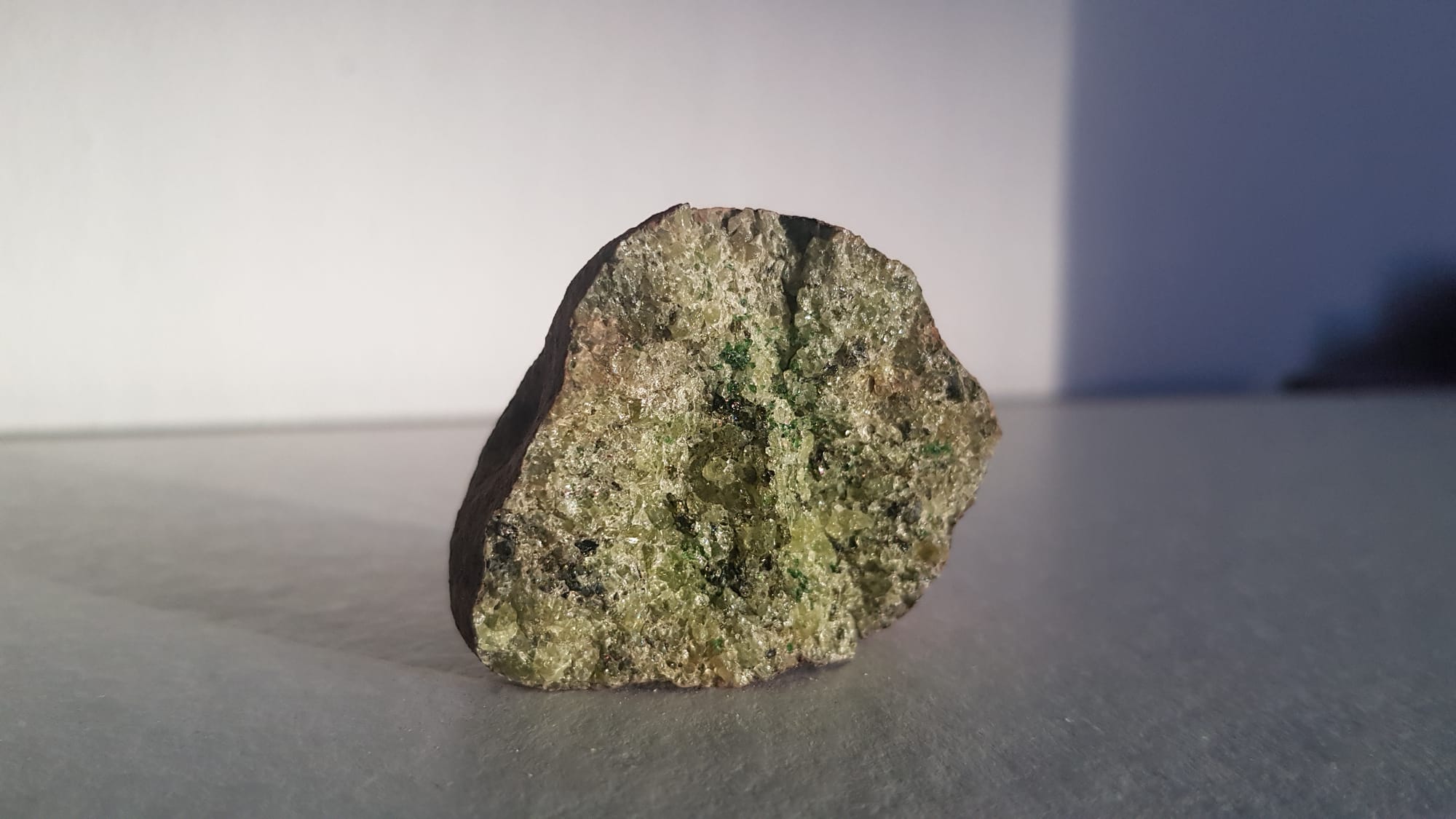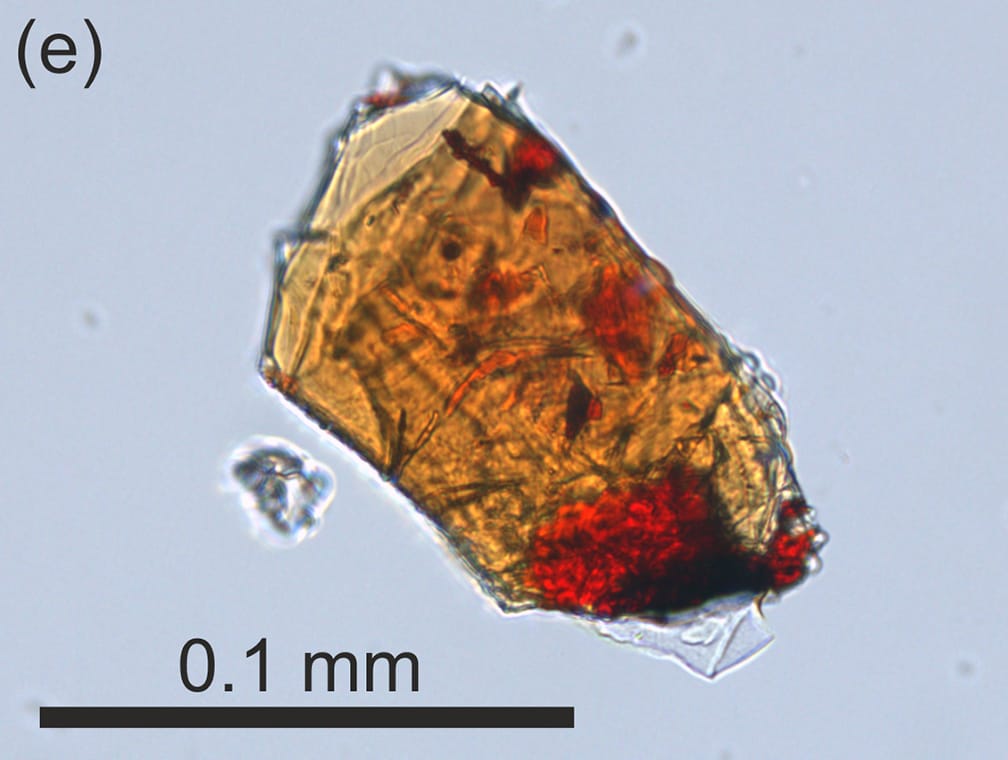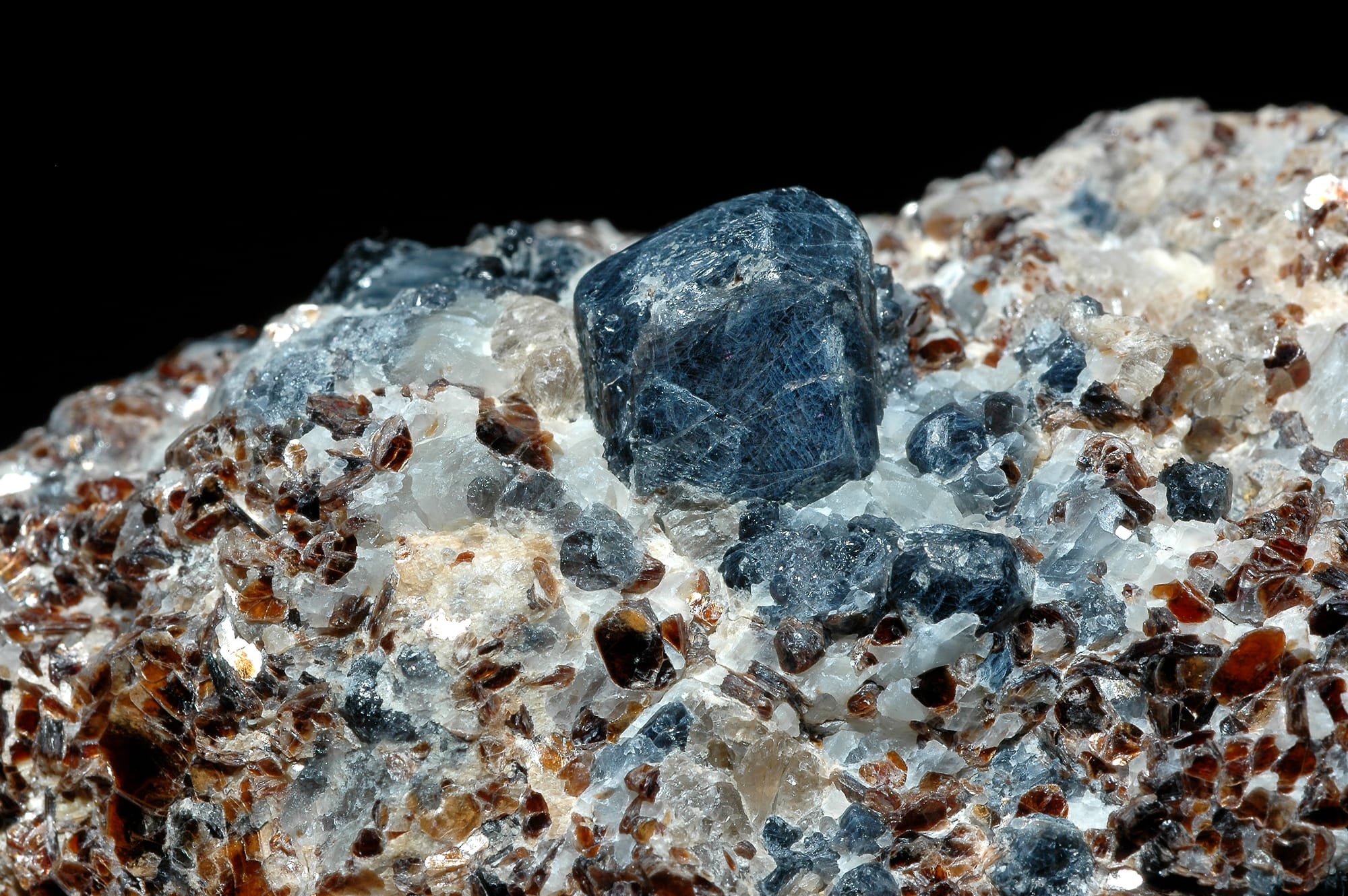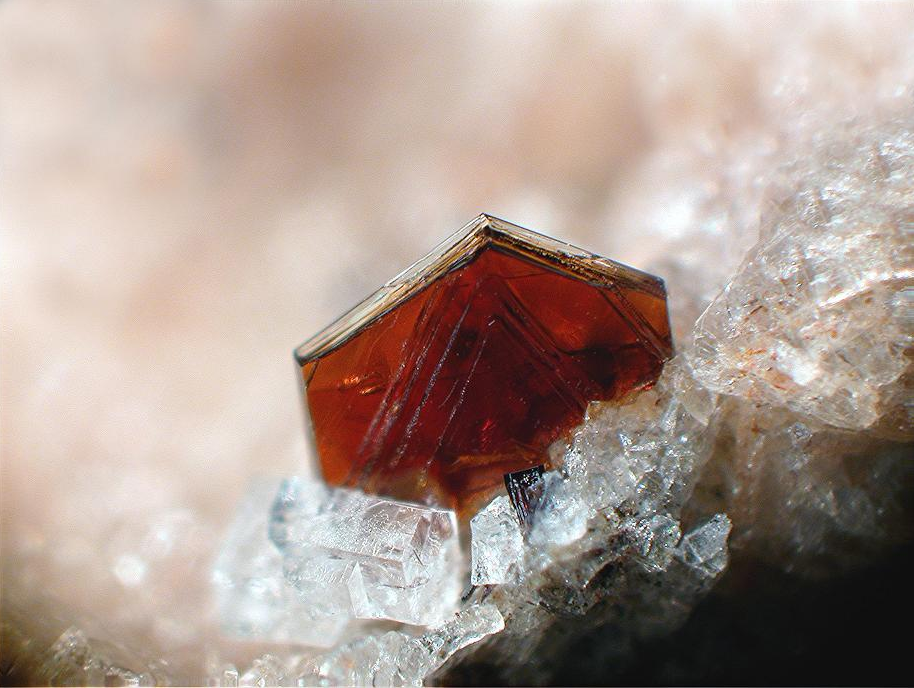If you were standing on a distant planet in a far away galaxy a billion years ago, a normal wristwatch would not be very helpful. The planet you’re on might not complete a full rotation in the same period as Earth, the basis of our daily 24-hour clock. The clock, and the 365 day calendar, are a construct of living here.
Instead, consider another vector of time, a more universal one that abides by fundamental factors of the cosmos — the elements, and the number of possible mineral combinations that they can create. Astrobiologists Michael Wong and Bob Hazen call this “the second arrow of time.”
Life evolves, but so do galaxies, planets, and minerals
It might help researchers better search out pockets of the universe where life might be evolving. It might even help them identify life’s nascent signatures, even if that alien life looks absolutely nothing like organic life here on Earth. Unlike the everyday 24 hour clock, which ticks on into infinity, this clock appears to be slowing down.
In October 2023, Wong and Hazen, at the Earth and Planets Laboratory of the Carnegie Institute of Sciences in Washington DC, published a paper in Proceedings of the National Academy of Sciences proposing a natural law that describes all evolving systems, both living and nonliving. Life evolves, but so do galaxies, planets, and minerals. As a star system ages, more and more complex elements begin to form. That makes more and more elemental combinations possible. Therefore, more minerals can form. That is the same kind of evolution that lifeforms undergo. They all evolve to contain more information. This maxim, that all complex things, living and nonliving, grow and evolve, they dubbed the “law of increasing functional information.”
“This is founded on the idea that each evolving system shows selection for some kind of function, out of a very large combinatorial possibility space,” said Hazen. Everything — living systems, organisms, and nonliving systems alike, change over time to optimize something, out of a gargantuan number of choices and atomic combinations. “Trillions and trillions and trillions and trillions and trillions” Hazen said.
Stars and minerals aren’t selected for making lots of baby stars and litters of minerals, but for just any kind of advantage. Some tiny combination of minerals might perform a function, and in the early goings of the universe that function is: don’t fall apart. Don’t melt, don’t disintegrate, don’t transform into something else, don’t explode.

“There are something like 1040 possible combinations of chemical elements, and only 6000 persist stably,” said Hazen. These are the approximately 6000 “approved” minerals known to science. Many minerals on Earth, in fact, cannot even form abiotically. They require some lifeform to intercede and do some internal chemistry to produce it. According to Wong something like one third of all of Earth’s minerals are formed this way.
“There is very little difference between life and its environment, they’re constantly interdependent,” said Wong. “What would it even mean to talk about life absent everything that surrounds it?”
In a new paper published in June in PNAS Nexus, Wong and Hazen have a follow-up to their 2023 paper, which says that the increase in information in different kinds of mineral combinations, here on Earth is not only not unlimited, but is slowing down. The number of new mineral combinations that can be created here on Earth not only shrunk, but measuring how many new mineral combinations is possible can be used to study the age of star systems.

Wong and Hazen noted that at the beginning of Earth’s stability, in the Hadean eon about 4.6 billion years ago, there were only about 400 minerals present. “The exact number is 442” said Wong. This is actually a startling increase from the 27 “ur-minerals,” those present in the rapidly cooling atmospheres of old stars in the early stages of the universe. These include minerals like hibonite, CaAl12O19, and olivine — (Mg, Fe)2SiO4.
Over the course of universal history, and as Earth cooled, relaxed, and life began to form, new elements formed, new combinations of elements became possible, and the circumstances that create minerals on Earth gave new elemental combinations the possibility to exist stably. This left-to-right movement, from early time with fewer minerals to later time with many more, is in Hazen’s view the “second arrow of time.”

Outside of a clock, the only other way to chart time, according to Hazen, is with thermodynamics. “The only law that has an arrow of time is the second law of thermodynamics,” he said, which states that the entropy of a system cannot decrease but only approach an equilibrium, said Hazen. “It says that my hot cup of tea gets cold.” Time, in this way, isn’t measured in seconds but the change in a system from a hot cup of tea to a cold one.
The first arrow of time passes. Nebulae cool down, and new minerals began to appear, like rhönite — {Ca2(Mg4Fe3+Ti4+)O2[Si3Al3O18]} and sapphirine — {(Mg, Fe)4(Mg3Al9)O4[Si3Al9O36]}. In early Earth’s Hadean crust, the complexities grow, as in minerals like biotite — [K2(Mg, Fe2+, Fe3+, Al, Ti)6(Si, Al)8O20(OH, F)4]. The closer to the modern (first arrow) era, the longer and more complex the formulas become. See rogermitchellite — Na6(Sr, Na)12Ba2Zr4 + 13Si39(B, Si)6O123(OH)12.9H2O].

But eventually this combinatorial richness becomes exhausted — there are only so many stable elements, and so many ways they can be combined in stable minerals that don’t fall apart. A previous study put that number at approximately 9,300 mineral combinations, which includes all 6,000 known today and those still undiscovered. The second arrow of time slows.
The knowledge of what these possible mineral combinations are — both produced abiotically and those that need a living process to exist — is a key to the search for extraterrestrial life. It even frees the search from having to know what alien life might even look like. All a searcher would need to know is what minerals normally produced abiotically on a given planet, and then look for whatever minerals might be different from that. Those are the ones produced biotically, which require life. It does not matter if any of those minerals, or those lifeforms, look like what we have on Earth, as long as the difference in minerals is apparent. And being able to essentially put the age of a planet on a calendar, according to what stage of mineral evolution it is currently on, can help predict what kind of minerals might be present.
Hazen is a consummate talker, the kind whose sheer volume of words pours over the listener like a wave, carrying them along.
“There are physicists who claim [the second law of thermodynamics] is the only arrow of time, at the scale of our everyday existence, that's the only arrow that we see — disorder, decay, disease, deterioration, death,” said Hazen. This increase of ordered states is time as humans experience it. “We experience the birth of our children, we see them grow, we see flowers bloom and birds sing, it’s all around us all the time,” said Hazen.

“We say ‘bullshit — that there is a second arrow of time, an increasing amount of information that is parallel but non-derivable from the first.” I am hanging on by a thread.
“This increase in information is consistent with the second law. Anytime you type into your computer and you move bits around as you're improving a sentence, as you're editing it, you're dissipating energy. Your laptop's hot, it's generating energy. But you could type nonsense into your computer, just random letters which have no information. You can use selection to say, ‘I like this sentence better than the other sentence.’ In terms of you, as an editor, as a writer, you know that some combinations are better than others. They're more functional. They communicate your ideas better, and so they have higher functional information. And this is what life does. This is what minerals do, all of these systems as entropy is increasing.”
Nevertheless:
“I think [Wong] and I and all of our colleagues are very open minded about the fact we might be wrong. We're really excited. We think that there are patterns in the cosmos that relate to evolving systems that have not been well described in the past. There may be better ways to do it. We hope we've said something sufficiently interesting to start a conversation. And obviously, we hope we're right, and we're going to keep exploring it. We're not saying we're right and everybody else is wrong, and we're gonna to go to our graves saying that we solved the problem of the universe and nobody's listening. That's not the way science works.”
(Ed. note: Michael Wong is Sequencer co-founder Shi En Kim's partner. Kim had no role in any part of the editorial process for this article.)




